Take a quick look at Gus Faasse and you might think he’s a typical 2-year-old.
In many ways, he is.
He loves gummy bears. Pizza. Llama Llama Red Pajama. And baths, especially if he can get in the tub with his big brothers.
His little stuffed lamb goes with him everywhere.
His parents, Kyle and Adrienne Faasse, have to lay their kitchen bar stools on the floor to tame his courageous climbing efforts.
But Gus is more miracle than not.
Born at 27 weeks, following a difficult and complex pregnancy, he spent his early days clinging to life.
His fragile condition continued for weeks. He stayed in the NICU in the Gerber Foundation Neonatal Center at Helen DeVos Children’s Hospital for six months, three on a respirator.
When the pregnancy with Gus came along, Adrienne and Kyle had already had three children. Almost from the start, they could tell this pregnancy would be different.
Minor bleeding in May 2018 led to a late-night ultrasound, which led to a surprising discovery: twins.
More than half of all twins are born pre-term. So at the 16-week mark, Adrienne, 35, began regular monitoring with the Spectrum Health Maternal Fetal Medicine team.
They discovered Adrienne carried monochorionic diamniotic twins—identical twins who share a placenta but have separate amniotic sacs.
This increases the risk for a problem known as twin-to-twin transfusion syndrome, said Vivian Romero, MD, a maternal fetal medicine physician at the Spectrum Health Maternal Fetal Medicine program.
The condition impacts about 15% of identical twins and is quite serious.
In such situations, there are shared blood vessels on the surface of the placenta, which run from one twin to the other. Often the blood flow across these blood vessels between the twins is balanced, but when it’s not, one twin will get more blood supply than the other. The fetus with more blood flow is called the recipient twin, and the fetus with less is called the donor twin.
Adrienne’s weekly ultrasounds showed the twins had developed this problem.
Troubling developments
In mid-July, the couple traveled to Ann Arbor for an in-utero procedure called laser coagulation.
The procedure involves a complex mapping of the many tiny vessels crossing the amniotic sacs, then lasering them to stop the transfer of fluid.
At that point, Dr. Romero said, Adrienne’s pregnancy had become very complicated.
“Everyone wants to do their best and see both babies survive,” Dr. Romero said. “We usually counsel patients that the chances of having at least one survivor twin are about 80% to 90%. But of having both live? It’s more like 50% to 60%.”
The Faasse family felt that anxiety intensely, especially with three other children at home in Allendale.
“We had both our moms helping out,” Kyle said. “It does take a village—and they were keeping the trains running for Evie, Vince and Judah.”
The procedure itself proved successful, Kyle said.
But soon Adrienne began losing fluid. By Aug. 7, 2018, just 23 weeks into her 40-week pregnancy, her membranes ruptured.
She checked into Spectrum Health Butterworth Hospital, where the maternal medicine team worked to delay delivery.
Adrienne’s pregnancy proved complex, with difficult decisions to be made.
Every additional day in utero meant Twin A could grow stronger. Yet it also meant Twin B became weaker.
With the twins bordering on viability, Dr. Romero said the days that followed were filled with long, difficult conversations.
“Did we deliver them both now? Both might die. Or one or both might survive but have to face significant complications due to extreme prematurity,” the doctor said.
Amid the counseling and ultrasounds, the Faasses reached out to their pastor.
The Spectrum Health ethics team joined in, as did pediatric cardiologists.
“Our job is to give the best possible information to families so they can make these tough decisions,” Dr. Romero said.
On Aug. 10, the donor twin died because he did not have enough placenta to support his life.
They named him Gideon.
Little Gus
Even in their grief, the Faasses focused on staying positive, knowing every day improved the chances for the surviving twin.
“The goal was to get me to at least 32 weeks,” Adrienne said. “And I was thankful for every day that passed.”
But on Sept. 5, 2018, at 27 weeks and five days, she went into labor.
Their new baby came into the world via C-section. They named him David August, honoring the month his brother, Gideon, had died.
They also had time to say a proper goodbye to the twin they lost.
“We got to hold Gideon,” Kyle said. “And that was so important.”
Yet there was little time for grief.
Little Gus arrived tiny, at just over 2 pounds.
The NICU team flew into action. Adrienne and Kyle watched in bewilderment, trying to take in the dizzying array of NICU care, filled with incubators, ventilators, IVs, feeding tubes and medications.
Gus’ fragile lungs and tiny heart just couldn’t keep him going.
Despite multiple interventions, Gus’s oxygen-saturation levels remained dangerously low.
The Faasses tried to make peace with the reality Gus likely would not make it.
They braced themselves for the heartbreaking process of watching the team detach Gus from the tangle of tubes and wires that shaped his first 24 hours.
They knew they’d be able to take him to a quiet room and stay with him as he was taken off life support.
Staying strong
A little after 7 a.m. Sept. 6, neonatologist Nga Dinh, MD, arrived for her shift.
Dr. Dinh went to Gus, knowing he hadn’t been doing well.
But then something happened.
Gus’ heart rate improved. His oxygen-saturation rose to the 80s.
“I just couldn’t take off breathing machines when I saw the saturation improving,” Dr. Dinh said.
She told the Faasses she’d like to delay.
“Dr. Dinh came in to see us and said, ‘Look, I know you guys already made this gut-wrenching decision. But I’d like to try one more thing. Can you give me one more hour?'”
Dr. Dinh gave Gus an additional dose of a surfactant, a drug aimed at helping his lungs function better. She also started him on a medication for pulmonary hypertension.
“One hour turned into two, then three, then six,” Kyle said. “But it was a very rough go, all along.”
Managing the whipsaw changes in newborn health is part of the job in the NICU, but Dr. Dinh concedes that caring for such vulnerable neonates is challenging.
“You don’t have a crystal ball,” Dr. Dinh said. “So you don’t know what kind of damage can happen in those tiny little capillaries and veins. You just do your best.”
Adrienne recalls the early NICU days as an exhausting blur.
“Those days at the hospital were so stressful,” she said. “There’d be days where you think, ‘He’s good.’ And then we’d take two steps back.”
It takes a long time to get a baby to the point where parents can finally relax, Dr. Dinh said.
“Premature babies are at a higher risk for infection, which can tip them over the edge,” she said. “Our vigilance doesn’t go down until we know that they meet all the criteria to go home. So while concern drops gradually, it doesn’t go away altogether.”
They’ll never forget the fierce bond the family formed with the NICU team.
“I’d call the nurses every few hours, even at 2 a.m. and 4 a.m., just to see how Gus was doing,” Adrienne said. “They always took my phone calls.”
Celebrating victories
These days, the Faasse family can’t quite believe Gus is the same little boy.
He has been off oxygen for more than nine months, although he requires lung treatments.
He still takes nutrition from a feeding tube, as the family tries to help him get over the oral aversions many preemies develop.
Evie, 11, Vincent, 6 and Judah, 3, all dote on him. And the family has since had another child, Oscar, now 4 months old.
Spectrum Health recently formed the Fetal Care Center, which coordinates care between Maternal Fetal Medicine and Spectrum Health Helen DeVos Children’s Hospital.
The goal? Help patients navigate these complexities and make the connections between maternal-fetal medicine, neonatal services and pediatric subspecialties more seamless, Dr. Romero said.
“Pregnancy is supposed to be a joyful time of your life,” Dr. Romero said. “But when there is a complication, it requires a whole different type of critical thinking and a whole different way of helping families.”
Adrienne and Kyle hope to someday work with other parents of premature babies.
“Adrienne was such a rock star through the whole thing and we had so much help from family, friends and our church,” Kyle said.
They had support from many people.
“I can’t imagine how hard it must be for people with less support,” he said.
Dr. Dinh said parent-to-parent connection is critical.
“Just sharing their experience with other parents, giving them hope, is so important,” Dr. Dinh said. “When you’re going through it, it seems like forever. But it does end. Ultimately, time and growth are what all of them need. And we have to be patient.”
Gus continues to be an inspirational alum of Helen DeVos Children’s Hospital.
“I’ve had nurses here talk about Gus and say, ‘This is why I like my job so much.'” Dr. Dinh said.
Gideon remains constantly in the family’s thoughts, Adrienne said.
“It’s hard not to think, ‘What would life be like if we had twin toddler boys right now?’ So that’s hard,” she said. “But Gus is just such a beautiful blessing for this family. And we try to be thankful every day.”

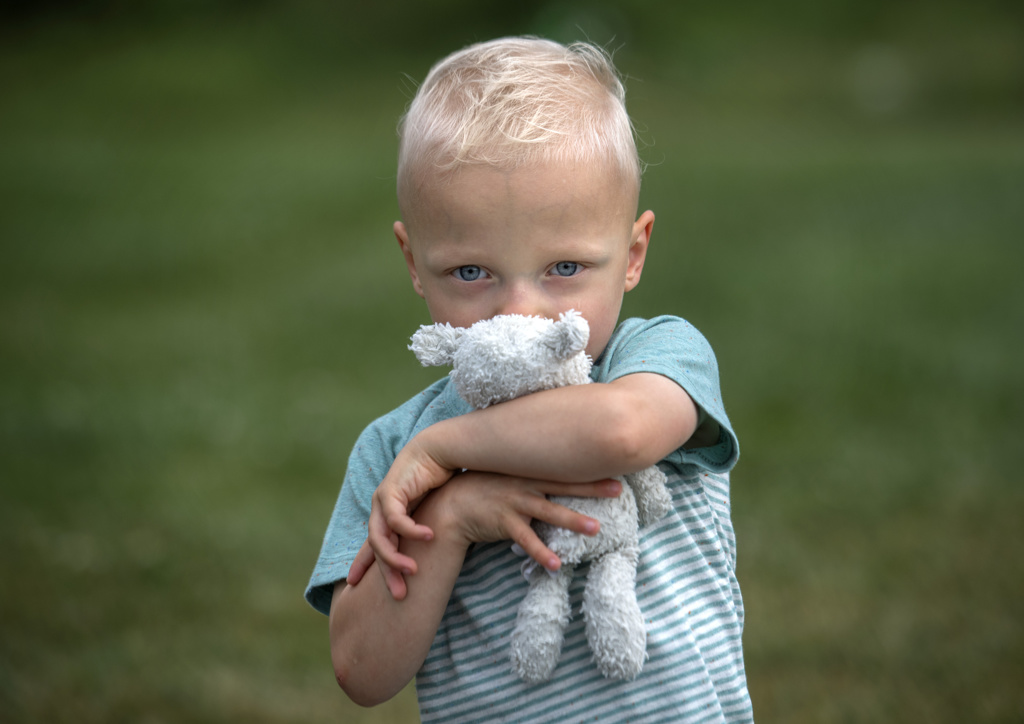
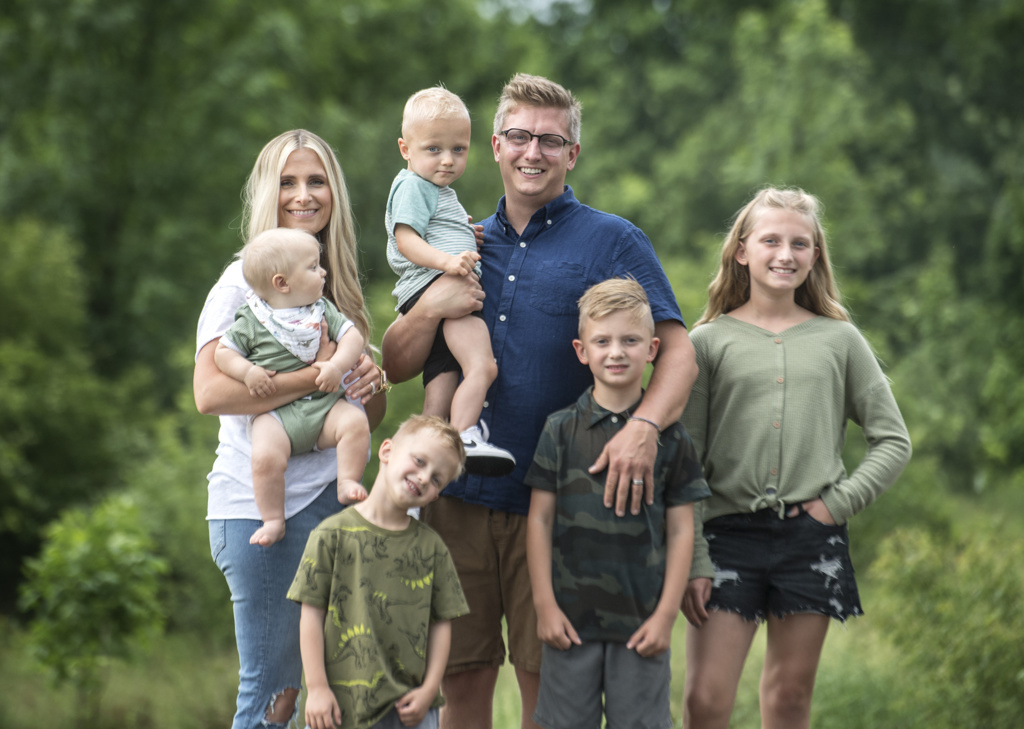

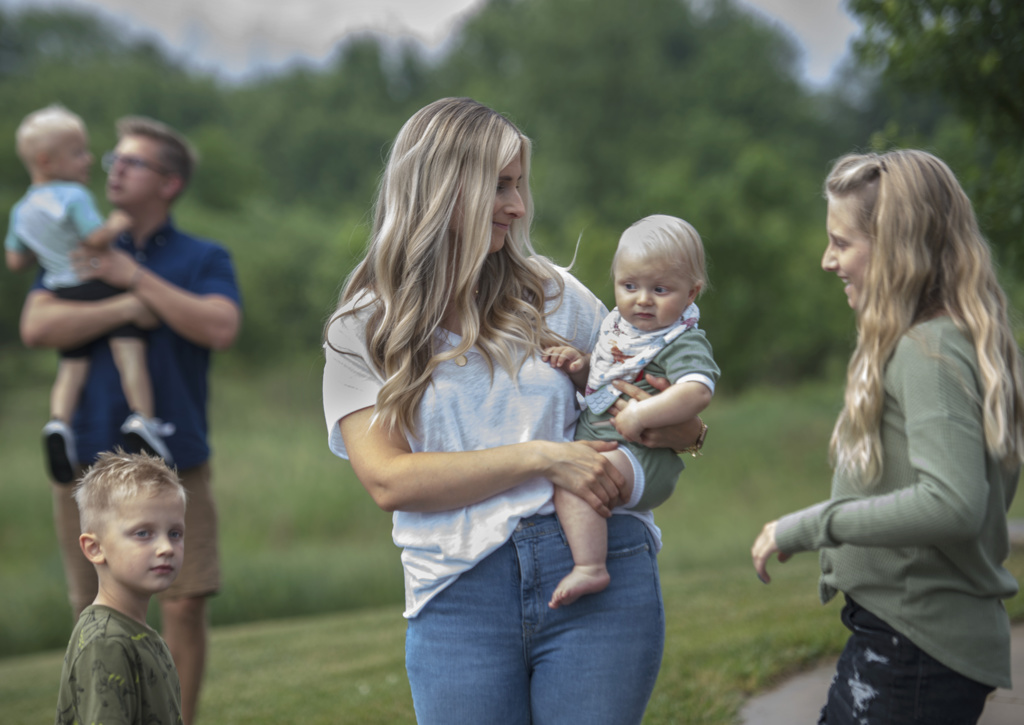


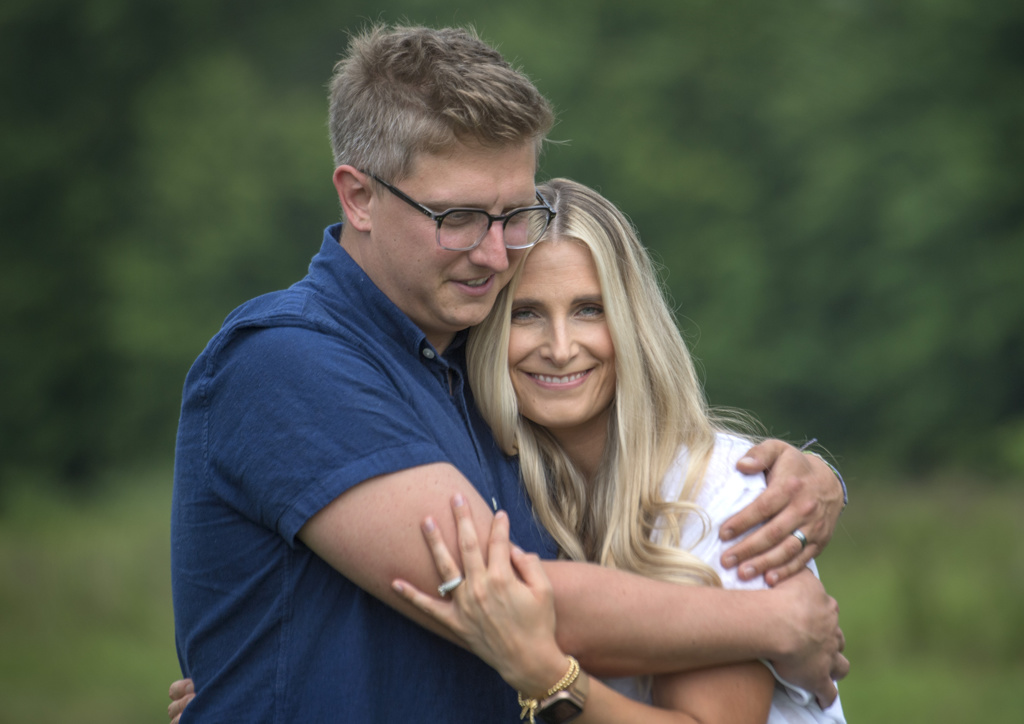
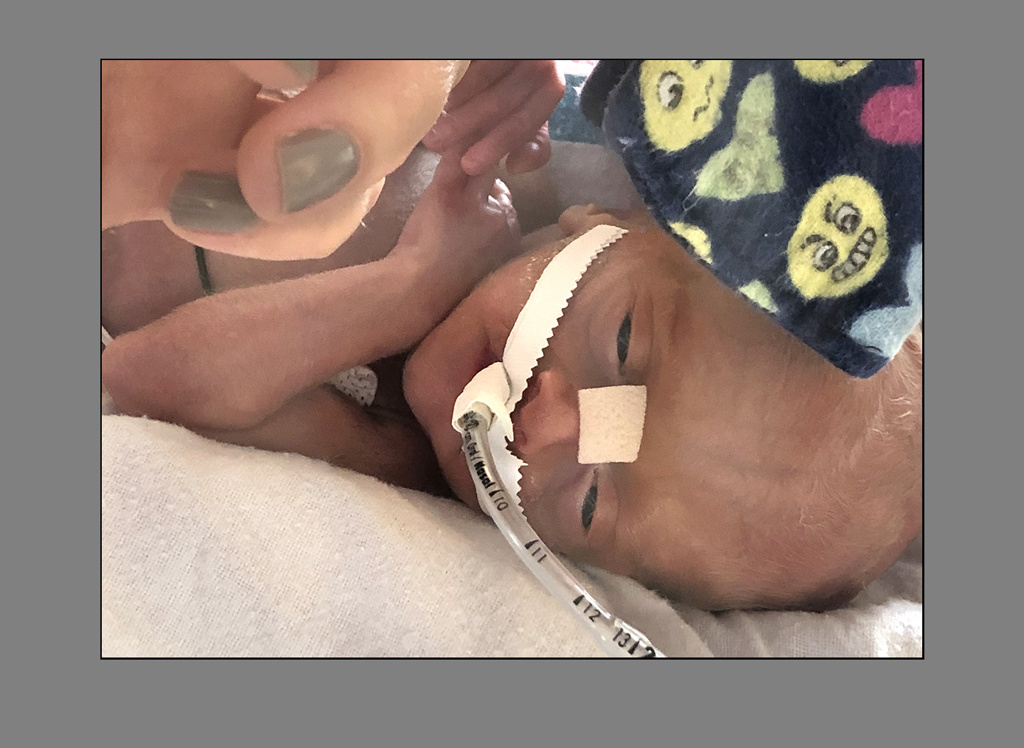


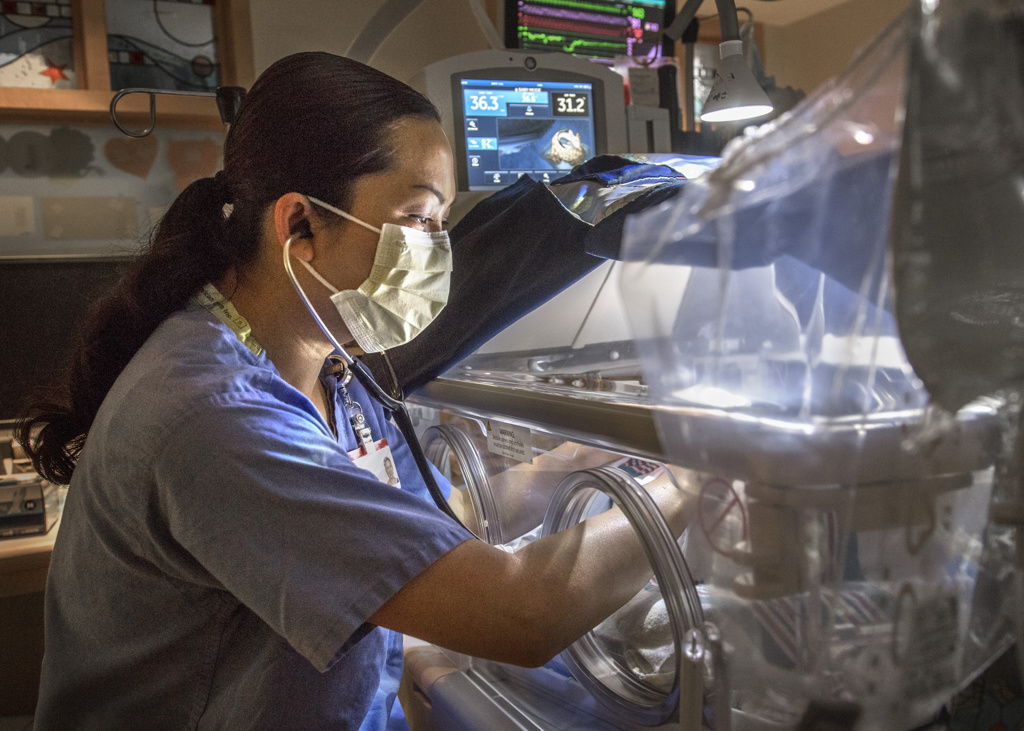
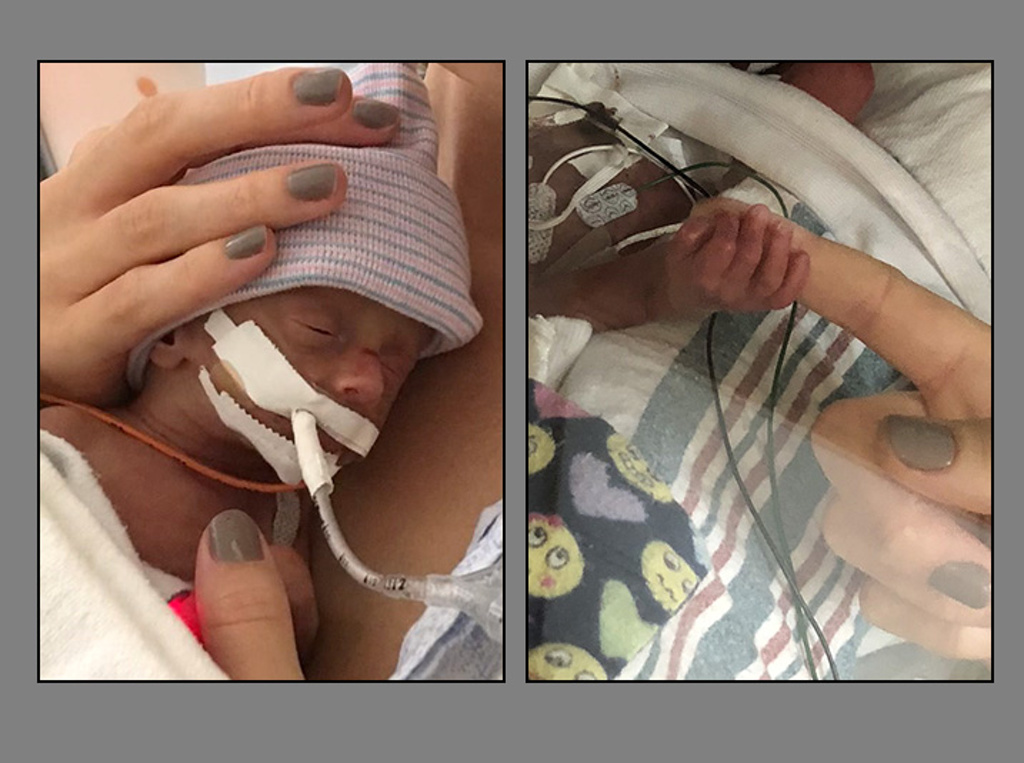
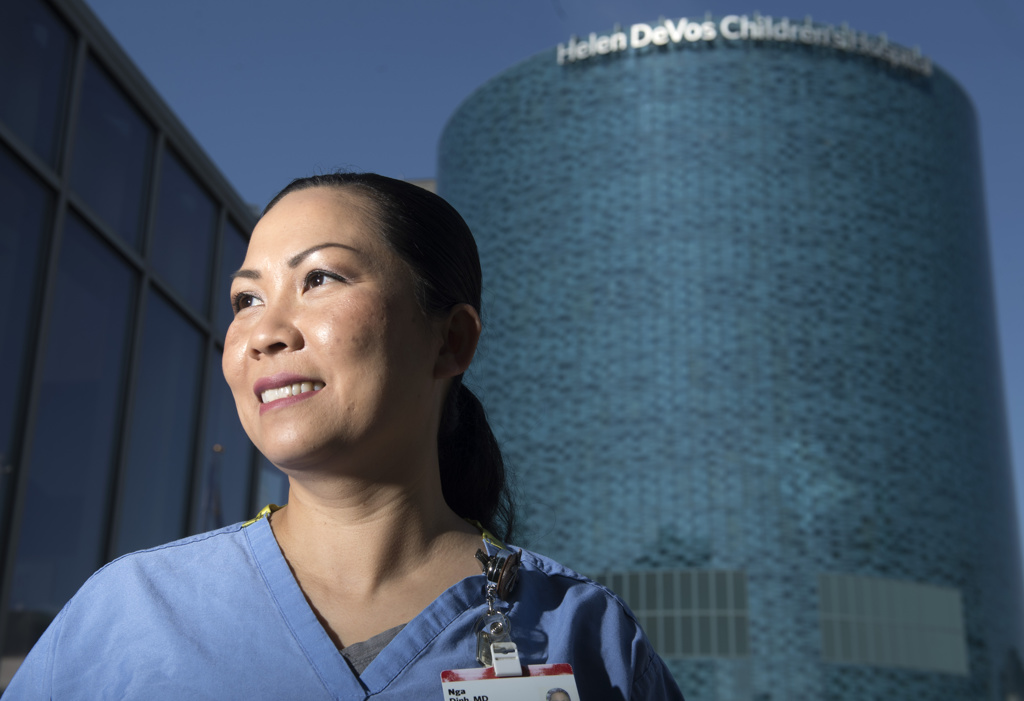
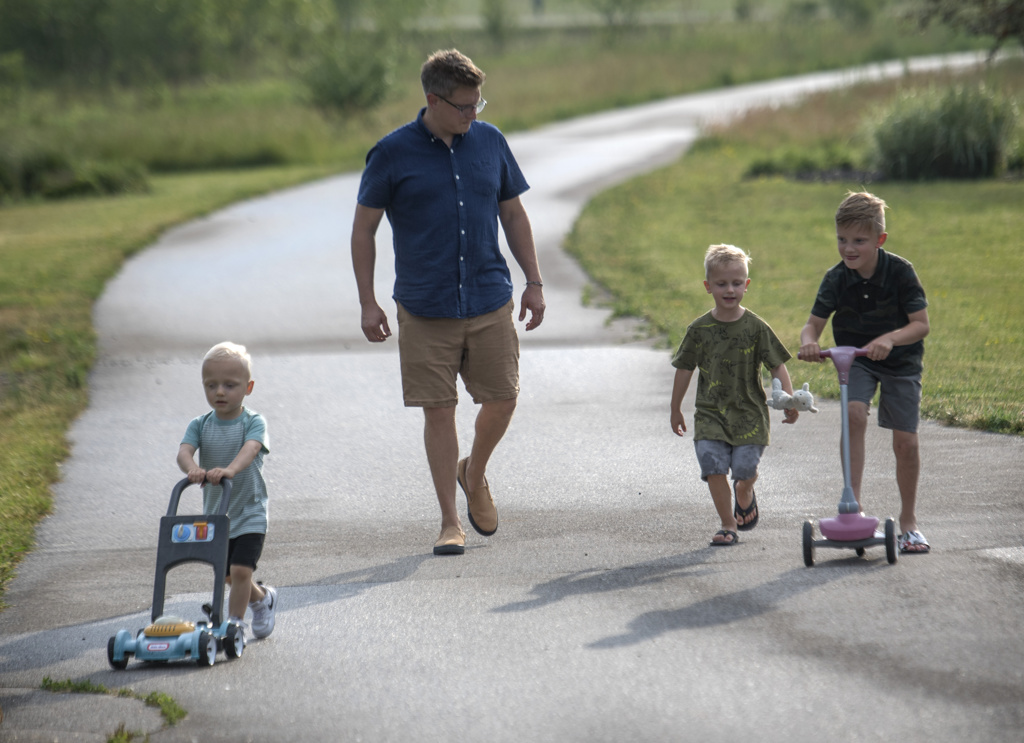
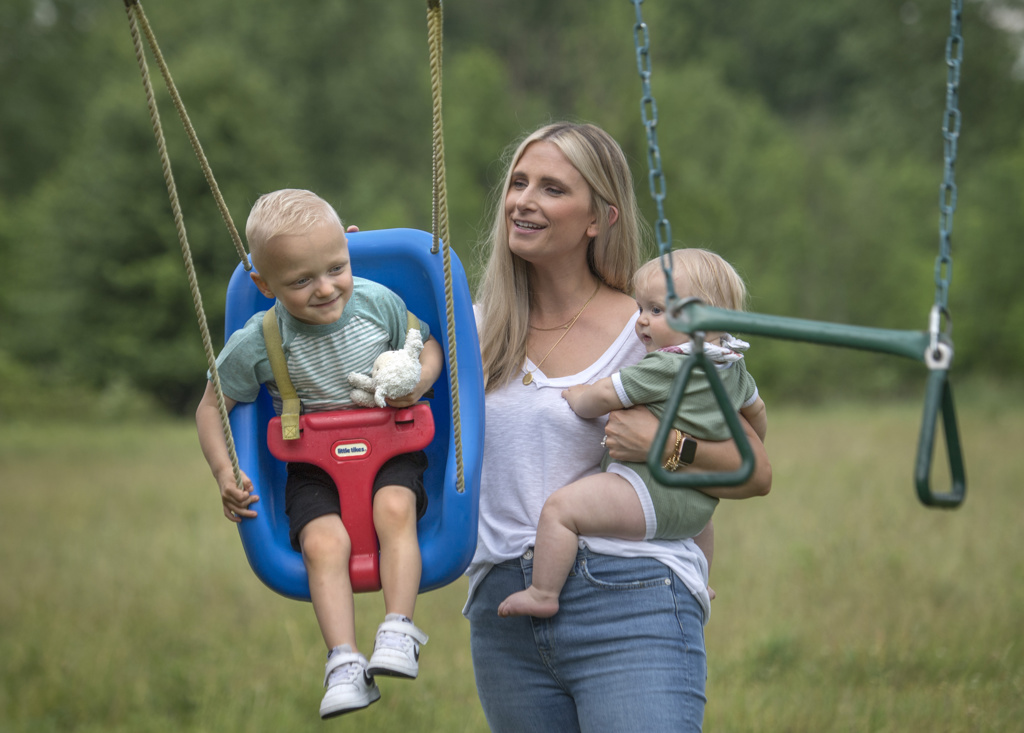

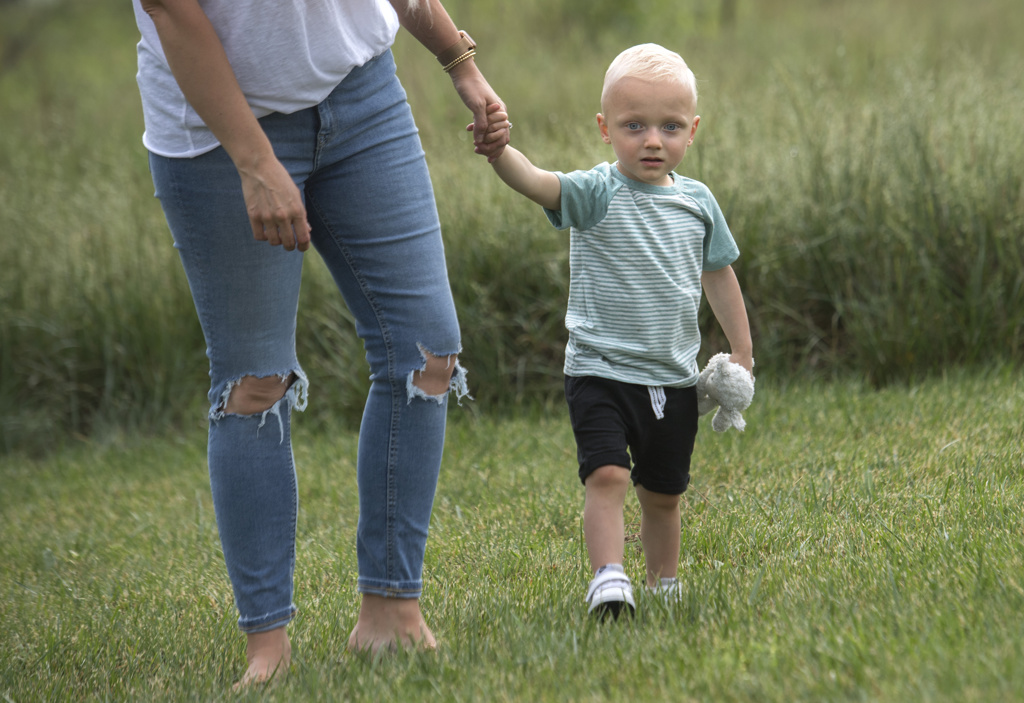

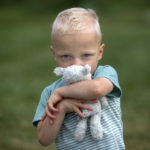




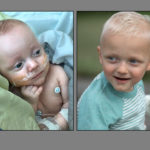











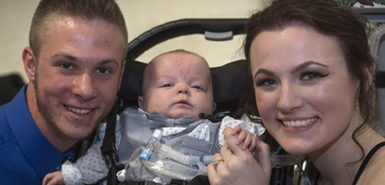 /a>
/a>
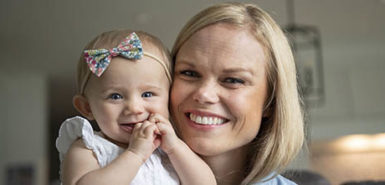 /a>
/a>
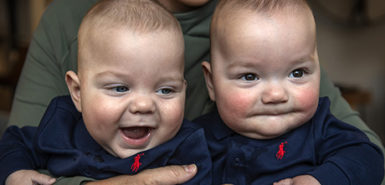 /a>
/a>
Oh wow, just reading this now. I knew they had twins but I never heard any updates.
What a wonderful thing hat his life could be spared and that Gus is doing this well. Praise God.
And so nice to have another baby too. I’m sure grandpa and Grandma Anne and Dave and Dave and Deb were there to support hem thru all of this.
Praying for this little one and this family. That God will continue to giv him life and much happiness !
Thank God for such a medical team at spectrum to help bring this little one to where he is today. So thankful.
Thank you for sharing your story . It’s good to hear how God works in the lives of Hus children.
This was such an amazing journey to witness and a privilege to bring the family before the Lord in prayer. God is so good!
Thank you for all you and Patti did!!!! God is good!
Dear Kyle and Adrienne,
This is such a beautiful story!
I cannot imagine the emotional roller coaster you were on. Praise to God that he was giving you grace and patience to get through this all.
Praise and Thanksgiving to God that He gave you this child! And to bring him into the kingdom of God!
May He give you strength and wisdom as you raise him and your others through all their years. 🤗